The Paris Project: A Historic Conclusion
Jubilation and Concern Greet the Paris Agreement
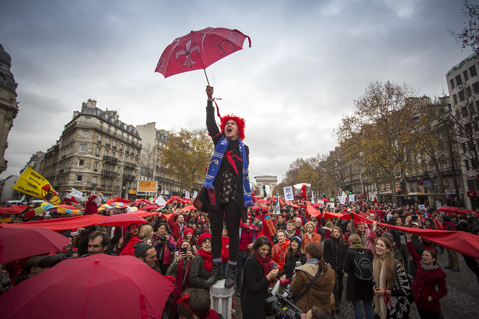
And in the history books it shall be written, “It was on the twelfth day of the twelfth month in the year of 2015 when the first bells of the fossil fuel industry’s death knell were rung. These modest yet historic notes sang out in the streets of Paris and the chambers of a converted old airport 15 minutes to the north, their sound a certain and clear message to generations young, old, and unborn. Delivered by both the will of the people and the ratification of the world’s most important environmental treaty to date, the music marked a turning point in the arc of mankind. Hope was officially part of the equation again … ”
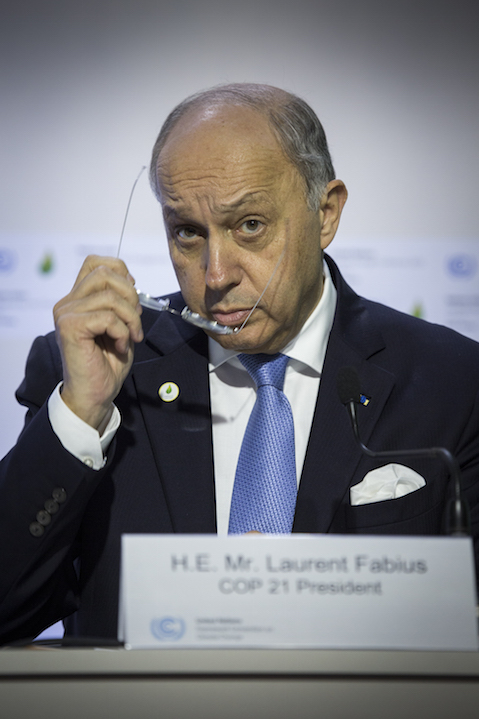
Just moments before 7:30 p.m. Paris time on Saturday, with a simple swing of his gavel, COP21 President and French Foreign Minister Laurent Fabius brought to a close the business end of the United Nation’s Climate Change Conference at Le Bourget conference center. And with it, the ratification of the “Paris Agreement,” a historic and binding international treaty between nearly 200 countries aimed squarely at the long-term reduction of greenhouse gas emissions.
A two-pronged bit of legislation, the 12-page Agreement and it’s accompanying 19-page “Decision” pledge — among other things — to keep Planet Earth’s temperature rise “well below” 2 degrees Celsius by the end of this century, to achieve global carbon emission neutrality by the middle of the century, to revisit and review national-level progress on these efforts every five years starting in 2018 (The Agreement becomes effective in 2020), and to stake a $100 billion annual Global Climate Fund as a means for helping the more vulnerable and less fiscally fortunate developing nations of our world as they battle climate chaos in the years ahead.
“France has seen a lot of revolutions,” offered French President François Hollande in a stirring concluding speech to the assembled delegates. “But today, we have seen the most beautiful and most peaceful of revolutions.”
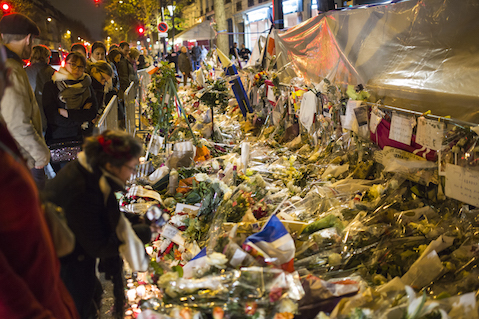
And, while the formal conclusions of the COP21 were the headline grabbers on this day, they were by no means the primary part of the “revolution.” In a soul-stirring day of action and solidarity just one month after terrorist attacks rocked the City of Light, an estimated 15,000-20,000 concerned citizens of the world took to the streets of Paris to have their voices heard. As the final draft of the Paris Agreement was being translated and digested and nitpicked throughout the day by delegates and foreign ministers, people, with their eyes on a markedly more ambitious outcome to the talks, gathered, first along Avenue de la Grande Armée near the Arc de Triomphe and later at the Eiffel Tower. After all, if the freshly minted Paris Agreement is to have any real teeth and meaning in the decades ahead, it will be because of the will and determination of the people who call the 196 countries represented at the UN’s negotiating table home.
The crowds began arriving just before noon at the Avenue de la Grande Armée. As the clock struck 12, dozens of the homemade foghorns sounded, a brass samba band lit up the flat grey afternoon with music, and a vibrant mosaic of people young and old from around the globe drew a 1-kilometer-long red line down the celebrated avenue with banners and umbrellas and thousands of red tulips. Their message was that of true and profound climate justice, of moving forward into an uncertain future with a dogged, succeed-at-all-costs commitment to preserving a livable planet and the human rights of all. Songs and dancing and general upbeat determination were the calling cards of the afternoon, chants of “The people united will never be defeated!” and “System Change not Climate Change!” echoed through the ages-old neighborhood.
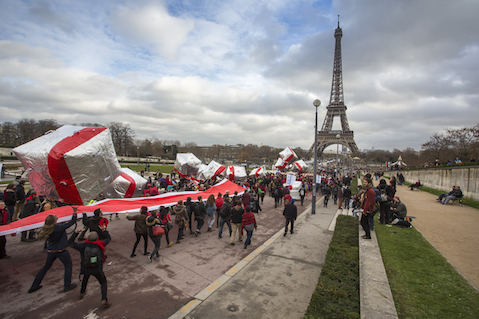
At the heart of the movement was a nasty little fact about the outcome of the COP. There is no doubt that the Paris Agreement is a big step in the right direction, but it is only that: a step. The first step of a very long and critically important journey. For it to truly have historic reverberations through generations to come, the nations that brokered the deal will have to trend toward the ambitious end of the language they helped craft rather than hide out in the soggy-noodle loopholes they created for themselves as part and parcel to the multi-lateral compromising process. To borrow a phrase from U.N. Secretary General Ban Ki-moon, the pledges and verbiage and, in some important instances, purposely vague commitments of the treaty will have to serve as the “floor” for efforts going forward, “not the ceiling.”
Take for example, the lynchpin promise about keeping worldwide temperature increase from pre-Industrial Revolution levels to “well below” 2°C while further pursuing the stated goal of 1.5 degrees. Unfortunately, based on assorted science studies presented in the past two weeks, if all the national plans for carbon reduction submitted by over 180 countries as part of this process are followed diligently, the 2°C target will not come close to being a reality. Thus, the non-legally binding nature of the five-year review mechanism in the agreement (thanks United States delegation and Republican-led, climate-change-denying Congress that refused to let Secretary of State John Kerry budge on this most paramount of topics) has to rely on the good faith of leaders and national-level governments to make the temperature commitments a reality in the years to come — a risky gamble at best.
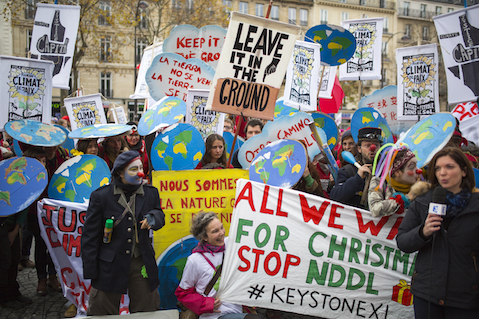
But still, as important as it is to balance jubilation and hyperbole-rich adoration about this agreement with the sobering shortcomings and logistical pitfalls of the actual text, it is equally important to meet those who will (and already are) calling it yet another Earth-damning win for big government and big business with the some telling historical perspective. As Ban Ki-moon put it Saturday night, “For the first time in history, every country in the world has pledged to curb emissions, strengthen resilience, and join in the common cause to take climate action. What once was unthinkable has now become unstoppable.”
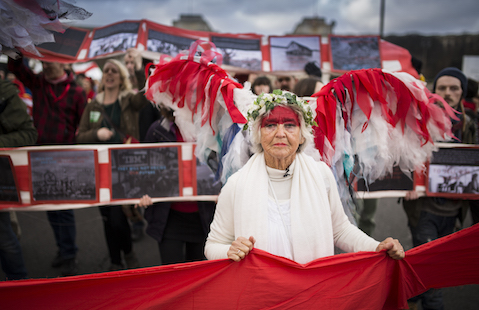
Or, in the slightly less grandiose phraseology of celebrated U.S. earth crusader and founder of the activist outfit 350.org Bill McKibben, “[This agreement] didn’t save the planet, but it may very well have just saved our chance to save the planet.”
The real work is now left to us, the regular people of the world. Contrary to the declarations of bumper stickers and catchy slogans, this issue is not about saving Mother Earth. It is about saving ourselves. And yesterday, the leaders of the world finally sent a big and loud signal that they too are on board with our fight. What comes next is up to you.


